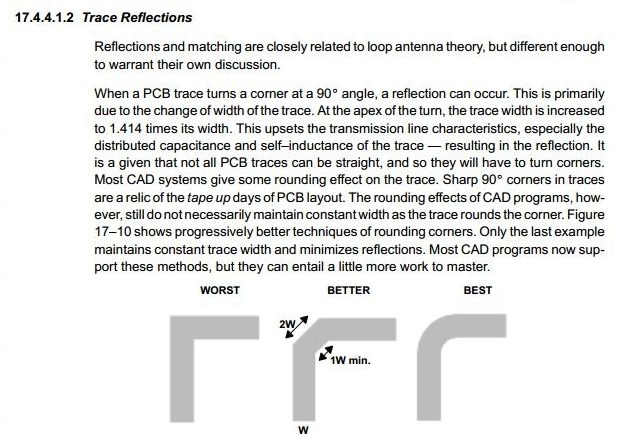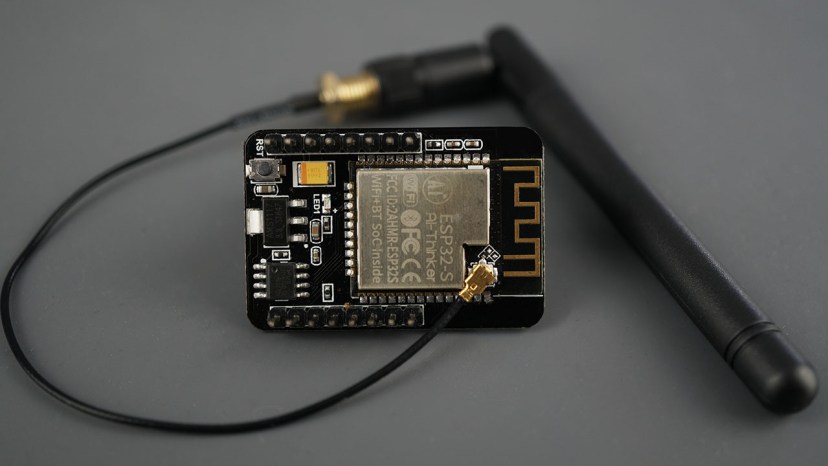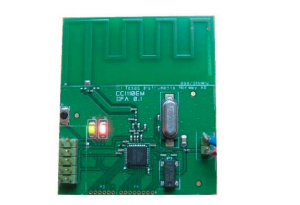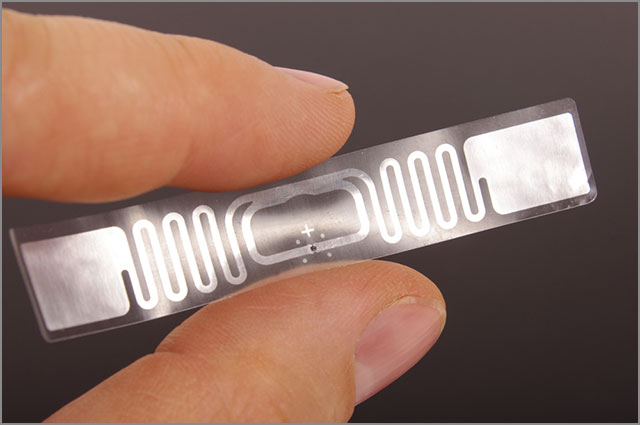Post History
While doing some reading on RF designs I ran across this paragraph: I have never designed an RF circuit, but all the PCB trace antennas I have seen on development boards are square. For example,...
#3: Post edited
Why are antenna PCB traces square instead of rounded?
While doing some reading on RF designs I ran across this paragraph:  I have never designed an RF circuit, but all the PCB trace antennas I have seen on development boards are square. For example, ESP32:  More examples can be found online. If the important thing is the length of the antenna for the corresponding frequency, wouldn't it be better to have round corners for the trace antenna for the reasons mentioned in the paragraph above? Edit: Lundin has expressed doubts regarding the design of the ESP32. So I feel compelled adding more examples to emphasize that this is not a one-off design. And it would be interesting if a bunch of people decided it to do one particular way without a good reason. So another antenna:  And yet another one:  To be fair, after more searching I did find one that has round edges:  This does not seem to be the standard approach from what I can find.
#2: Post edited
- While doing some reading on RF designs I ran across this paragraph:
- 
- I have never designed an RF circuit, but all the PCB trace antennas I have seen on development boards are square. For example, ESP32:
- 
More examples can be found online. If the important thing is the length of the antenna for the corresponding frequency, wouldn't it be better to have round corners for the trace antenna for the reasons mentioned in the paragraph above?
- While doing some reading on RF designs I ran across this paragraph:
- 
- I have never designed an RF circuit, but all the PCB trace antennas I have seen on development boards are square. For example, ESP32:
- 
- More examples can be found online. If the important thing is the length of the antenna for the corresponding frequency, wouldn't it be better to have round corners for the trace antenna for the reasons mentioned in the paragraph above?
- Edit: Lundin has expressed doubts regarding the design of the ESP32. So I feel compelled adding more examples to emphasize that this is not a one-off design. And it would be interesting if a bunch of people decided it to do one particular way without a good reason. So another antenna:
- 
- And yet another one:
- 
- To be fair, after more searching I did find one that has round edges:
- 
- This does not seem to be the standard approach from what I can find.
#1: Initial revision
Why are antenna PCB traces square instead of rounded?
While doing some reading on RF designs I ran across this paragraph:  I have never designed an RF circuit, but all the PCB trace antennas I have seen on development boards are square. For example, ESP32:  More examples can be found online. If the important thing is the length of the antenna for the corresponding frequency, wouldn't it be better to have round corners for the trace antenna for the reasons mentioned in the paragraph above?


















